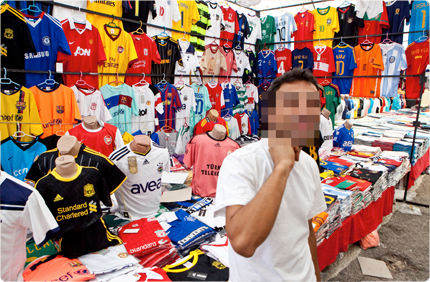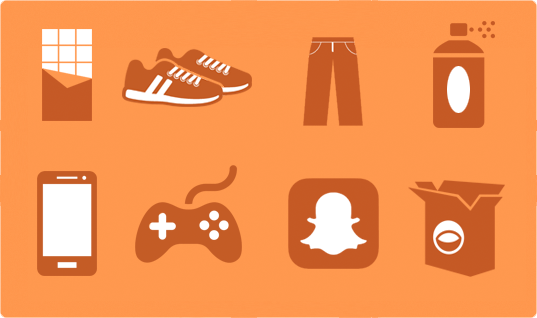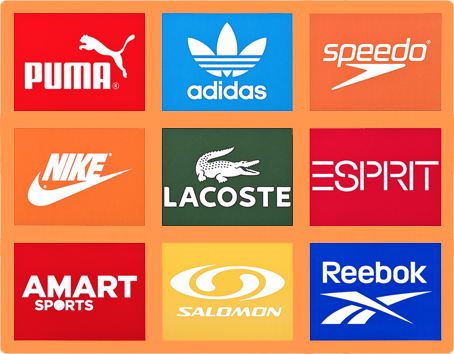INTRODUCTION
 Trademarks protect traders against unfair competition, by indicating the source of goods and services. This protection also benefits consumers, as it helps them to buy the quality of goods and services they want. When trademarked products are copied by counterfeiters, however, they may look the same but they won’t necessarily be of the same quality.
Trademarks protect traders against unfair competition, by indicating the source of goods and services. This protection also benefits consumers, as it helps them to buy the quality of goods and services they want. When trademarked products are copied by counterfeiters, however, they may look the same but they won’t necessarily be of the same quality.
Why does that matter?
TASKS
Make a list of your favourite:
- chocolate bar
- gym shoes
- jeans
- deodorant
- mobile device
- computer game
- social media network
- breakfast cereal

It is likely that your answers are all trademarked products or services. The symbol ® (meaning REGISTERED TRADEMARK) or ™ (meaning TRADEMARK) can probably be found by the name somewhere on the product. If a mark is not a registered trademark, it may be protected under unfair trading laws, but such a case can be hard to prove in court.
Now go through your list again. What could go wrong if you bought a fake (counterfeit) version of this product or service without realising it? How would you feel?
Look at the images in the left hand column below. They are taken from well-known trademarks. Try to match up them up with the generic products in the right hand column.
REFLECTIONS
After you have matched them up discuss how you were able to identify the trademarks. Describe their distinctive features.
For each of these trademarks, list where you have seen these products advertised.
What other famous brand names can you think of? From memory, try to draw their logos. When you are ready, share your ideas with others in your class and with a show of hands ask them to indicate how many they recognise. Afterwards, discuss what makes these trademarks so easy to spot and the extent to which the logos you have drawn are accurate copies of the original.
Which of the products above are most easily counterfeited? Which ones are harder to counterfeit and why? Why do you think some branded products are likely to be copied?

TRUE or FALSE
Look at the statements below and discuss with your partner which ones you think are true and false. After you have completed the task, compare your responses with others. Did you all agree? As a result of your discussions, did anyone change their minds and if so, what persuaded them?
What do you think you need to look out for when trying to spot a counterfeit product? Think of specific examples of products that might be copied – eg. Designer clothes, digital devices, watches etc.
